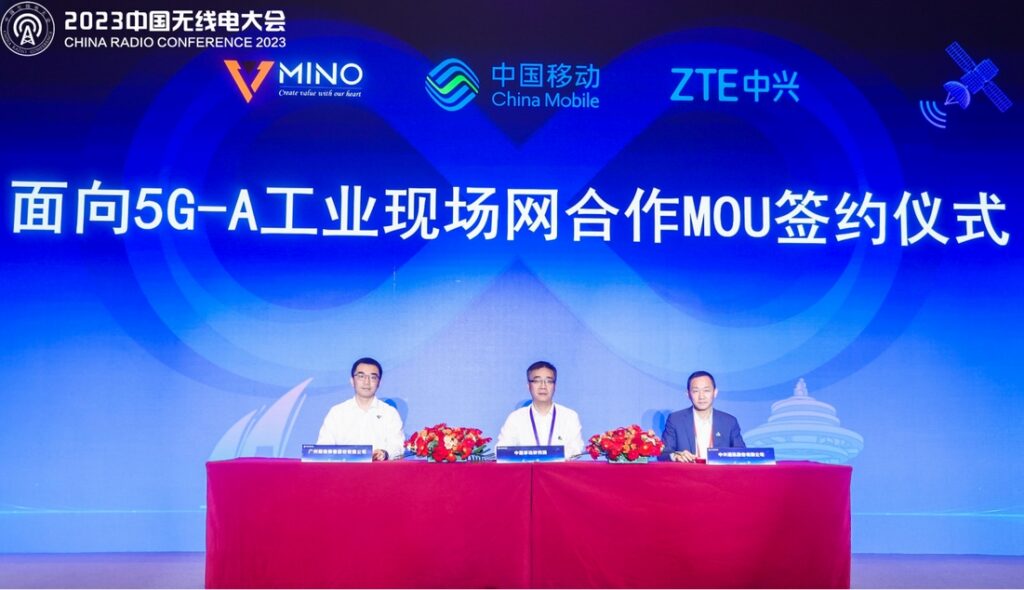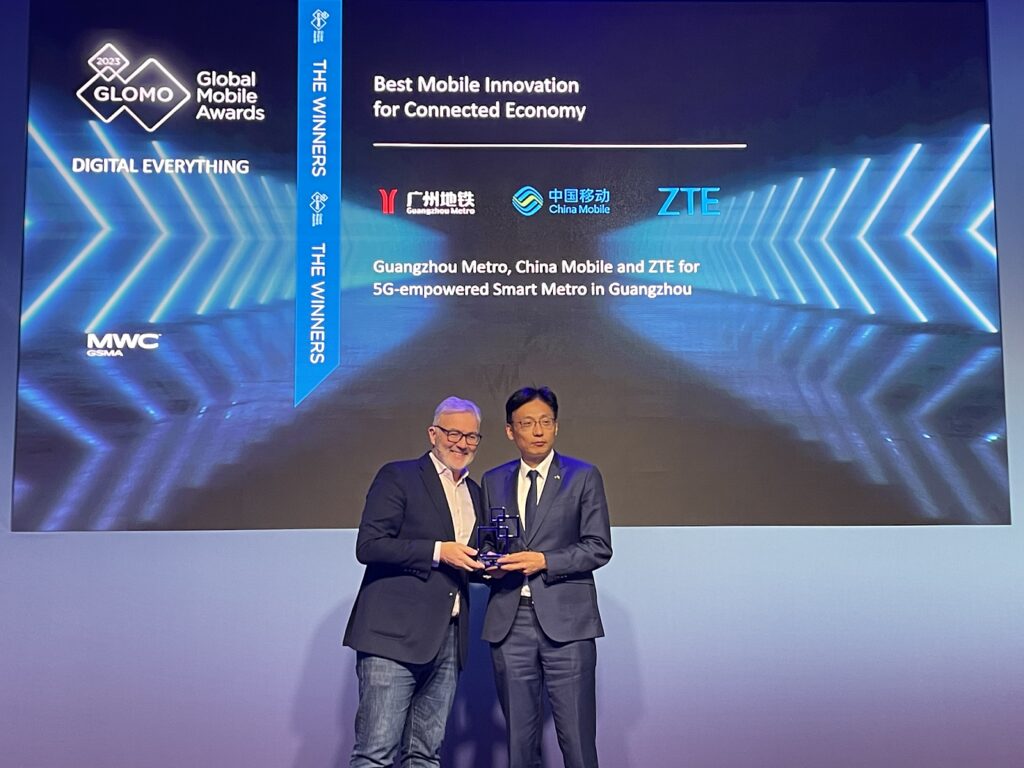
ZTE Corporation Joining Forces with China Mobile’s Open-DTN Initiative
ZTE Corporation, a world-renowned leader in both professional and personal telecommunications hardware technology, announced on September 29th their intention to join the Open-DTN cooperation plan in conjunction with China Mobile, the largest wireless carrier in China. DTN, which stands for Digital Twin Network, promises to bring greater efficiency and automation to current network operations throughout the country.
ZTE Corporation’s Role in the Open-DTN Initiative

With the growing complexity and sophistication of modern 5G wireless networks, edge computing, and Internet of Things technology, the challenges of and risks to telecommunications networks have increased rapidly over time, imposing significant costs and burdens on the entire system. The proliferation of ZTE’s digital twins service may prove essential to the future vitality of the entire industry.
Digital twin technology enables operators to create and then manipulate a digital manifestation of a physical network and its corresponding infrastructure. The digital twin automatically updates to reflect changes in the existing physical network. This allows operators to prototype new features, test the network, and optimize transmission performance in real-time without any interruptions in service to ensure that it meets the proper security and efficiency standards necessary to maintain seamless operations.
The opaque and decentralized structure of a typical wireless network poses a particular challenge to the creation of accurate digital twins, but the growing real-time transparency into network operations, combined with the collaboration between the relevant experts and stakeholders, may minimize some of the problems that normally inhibit the use of the technology.
In order to meet these challenges, ZTE and China Mobile unveiled their plans to collaborate at a sub-forum entitled “Predicting the Future – Digital Twin Network (DTN).” The Open-DTN initiative brings together industrial and academic leaders in collaboration throughout China to create a single unified system that can harness and enhance the power of digital twins networks. By deploying its valuable expertise in telecommunications technology, ZTE can help ensure that its planned digital twins service can meet the needs of businesses and organizations around the country.
ZTE Corporation and the DTN Foundation Framework

During the reveal of its collaboration with ZTE, China Mobile highlighted four key aspects of its Digital Twin Network initiative: unified data service, mapping model construction, dynamic virtual-real interaction, and internal-external closed-loop control. Together, these core tenets should enhance the system’s ability to construct a reliable model that can properly capture the ever-changing patterns of a wireless network from the diffuse and disorganized input of raw data.
As ZTE itself points out, mathematical models only have a limited ability to predict potential scenarios that can arise every day during the course of normal network operations. By contrast, its digital twins service can predict expected operations and dynamically capture the complex interactions between various factors with high accuracy. It then provides actionable feedback to help operators improve and adapt their network capabilities to match their preferred scenarios.
The collaboration between China Mobile, ZTE, and other relevant stakeholders should create a unified open-source system operating across entire domains. According to ZTE, digital service providers can host the digital twins service on their servers and cloud systems, enabling operators to access it through the network.
Customers purchase the right to use the service rather than the entire system itself. ZTE says that this will improve the overall ease of use and accessibility. Combined with the ability to add new functions and services as needed, the potential for network planning and optimization across various applications and scenarios is enormous.
ZTE Corporation’s Innovative Practices in Wireless Digital Twin

Zhan Yong, the Director of Wireless and Computing Product Planning at ZTE, laid out his vision for the future of the Open-DTN framework in a major keynote speech during the “Predicting the Future” sub-forum. “Digital twin technology is pivotal for the evolution of wireless networks,” he said. “Leveraging the high precision of our wireless network digital twin platform, ZTE continuously refines solutions for diverse network planning scenarios, enhancing network performance and accelerating the adoption of new technologies and services.”
On October 11th, shortly after the end of the forum, ZTE unveiled a white paper to introduce the concept of the Wireless Network Digital Twin as a Service (DTaaS). The basic DTaaS framework enables potential operators to take advantage of ZTE’s digital twin service without the added challenge of creating their bespoke solution.
The DTaaS service greatly enhances the network’s security, stability, and interoperability while minimizing overhead and maintenance costs. The authors of the white paper delineate precisely how the DTaaS architecture will operate.
Through ZTE’s unique interface, users can access various services, including data collection, visualization, simulation, algorithm deployment, fault diagnosis, and strategy optimization. Based on the requested strategy, the digital twin closed-loop system will attempt to find an optimal solution to network problems and then compare that solution directly to the current status of the physical network, which can be updated to reflect the optimal strategy.
ZTE Corporation’s Vision for the Future of Digital Twin Technology

In conjunction with the entire Open-DTN initiative, ZTE Corporation plans to leverage its technical expertise to foster a collaborative open-source ecosystem in which vendors and third-party developers can integrate their own algorithms, models, and systems into the overarching DTaaS framework. ZTE’s white paper already envisages several potential use cases for the technology.
According to the authors, the service can help transportation companies optimize the efficiency of a high-speed rail network or dynamically respond to changing conditions at a port, whether it’s the number of containers or the position of cranes, to implement the best solution to the challenges of any scenario.
A wide array of businesses and operators that utilize a wireless network will benefit from ZTE’s service. The potential targets of this technology include researchers, telecom operators, and industry users.
Once the Open-DTN cooperation initiative between ZTE, China Mobile, and other stakeholders bears fruit, it may form the basis for future secure, stable, and efficient wireless operations. This is a scenario in which everyone stands to benefit, including the members of the initiative, the organizations that use their technology, and the regular customers who benefit from more efficient products and services.
Although few businesses have implemented digital twins, most desire to use them. ZTE Corporation is at the forefront of this new digital frontier that will prove instrumental in the future.